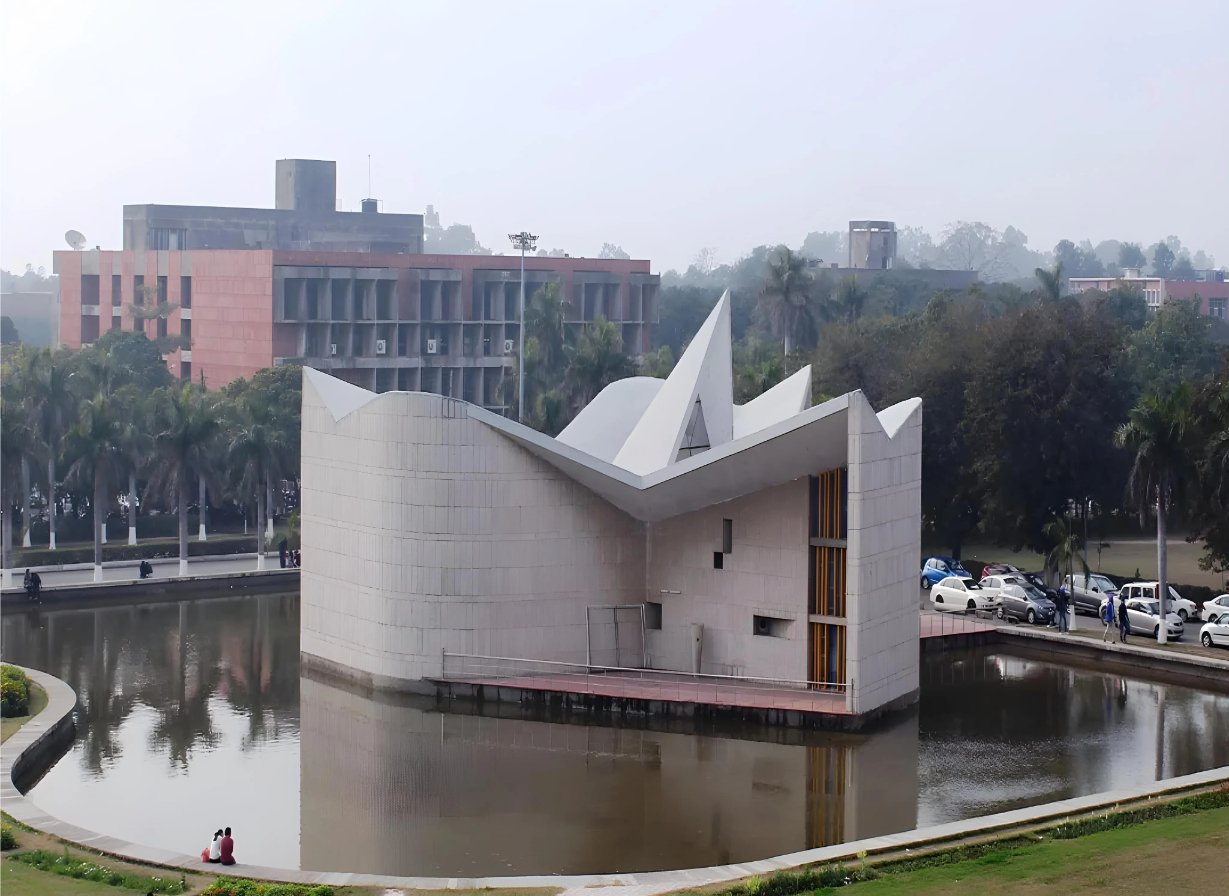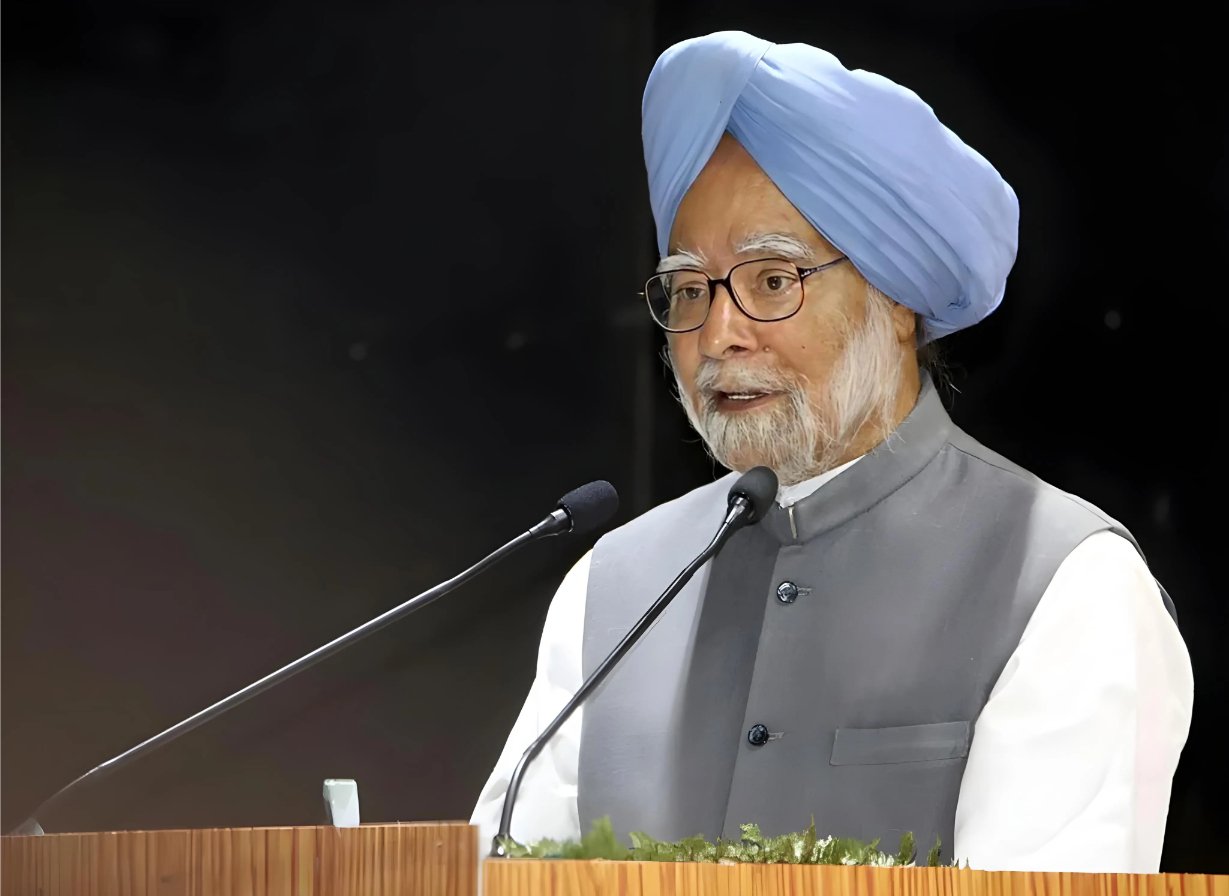The 4th oldest university of the country which holds the rare distinction of giving it three Chairpersons of University Grants Commission (UGC), and two Prime Ministers, is today at a crossroads, thanks to continuing neglect of its financial health and an archaic governing structure. Neither a central university nor a state university, its status as an inter-state body corporate has not helped its cause of achieving its full potential of being counted among the top global universities.
Tottering on the edge of bankruptcy, and barely being able to stay alive on life saving support, the university, which traces its roots to Lahore, now in Pakistan, faces two scenarios – either to be counted among the other ailing universities and be left with no other option but shrink its expanse and size, or, considering its special status as an educational institution of national importance, it is deservedly provided adequate support by both the central government and the state of Punjab to raise it to the level of the world’s best universities.
.jpg)
Photos By : Life In Chandigarh
Despite its failings on the financial front, the university continues to maintain a reasonably good track record of being the breeding ground for industry ready research and innovation. Initiatives taken by the university at forging closer alliances with the industry and other national and international research and innovation driven institutions, and setting up platforms for specific industry clusters like medical devices manufacturing, Life Sciences and IT have been well received by the central government and sought to be replicated in the rest of the country.
Recent Positive Developments
Recent positive developments also appear to open up windows of opportunity for the university to overcome its financial woes in the not so distant future. With the UGC according greater autonomy to 60 higher education institutions, including Panjab University, which have maintained high standards, the university will be free to decide its admission procedure, fee structure and curriculum.
It will also have the freedom to start new courses, off campus centers, skill development courses, research parks and any other new academic programs, besides hiring foreign faculty, enrol foreign students, give incentive based emoluments to the faculty, enter into academic collaborations and run open distance learning programmes. This autonomy is expected to help the university generate more internal funds and possibly gradually reduce its dependency on the central government and state of Punjab.
Punjab Commits More Fund
Advertisement

With the Punjab government also committing more funds to the Panjab University in the future as part of its share in meeting the maintenance deficit of the university, one of the biggest concerns which continues to rile the university authorities is the intransigent stand of the all powerful elected governing bodies of the university – Senate and Syndicate – against nominal annual increase in admission and examination fees. Till date these remain the only major sources of revenue for the university.
Another huge impending burden on the university’s finances is going to be the implementation of the recommendations of the 7th Central Finance Commission. The Rs 100 crore additional burden, including arrears, has the potential of further sinking the university into a financial mess unless the central government and Punjab government step in to share this burden over and above their regular annual commitments.
Embattled Vice Chancellor
Vice Chancellor Arun Kumar Grover
An embattled Vice Chancellor Prof Arun Kumar Grover, who completes his two year extension in July and during whose tenure the university faced its worst financial crisis, feels that the university needs to continuously grow in stature along with its size to be counted among the world’s best universities. For this it needs to urgently recruit more regular teachers so that research and innovation gets a further leg up.
“We have put systems and platforms in place to improve industry-academia interface and forged alliances with research and innovation driven institutions both within the country and abroad in an effort to take the university to the next level. Our students need to the trained at the level which ensures their ready acceptability in respectable positions in the industry and elsewhere. All this is not going to happen without adequate finances. We have to ensure a steady increase in our internal earnings to expect more from our funding agencies. A reasonable annual hike in admission and examination fees in imperative,” the VC asserts.
Prof Grover, a strong votary of change in the current governing structure of the university, maintains : “The populist agenda of the elected governing bodies – the Senate and the Syndicate – should not cloud governance issues. How long can we keep postponing the inevitable ? This way we will stagnate and decay and the goal of realising the full potential of the university will fade away.”
Clamour For Change In Governing Structure
The university has been seeking constitution of a committee by the central government to review its governing structure adopted under the archaic Universities Act of 1904, which is now not applicable in any other university other than PU. A relook at the governing structure has also been recommended by the National Assessment & Accreditation Council (NAAC) team in its report.
The university argues that current system which does not impose any cap on terms of Senate and Syndicate members has bred monopolistic tendencies with certain well entrenched members or their groups continuing for decades, riding on a captive electorate. It wants a practical governing structure on the lines of that existing in equivalent universities of national import.
The system has effectively ensured that no Vice Chancellor has a free say in the running of the university and decisions taken in the larger interests of the university, such as efforts to increase its revenues, can be torpedoed by the governing bodies.
The deep rooted politics within the university is one of the biggest contributing factors to the 1,000 odd cases the university is having to contest in the courts of law, consuming valuable time of the university officials and effectively tying down the Vice Chancellor in petty issues.
At Loggerheads With Governing Bodies
The current Vice Chancellor Prof. Arun Kumar Grover, who besides being an alumnus of the university has also remained its faculty member before assuming the office of the Vice Chancellor in 2012 after retiring as senior faculty member from Tata Institute of Fundamental Research (TIFR) Mumbai, has particularly been at loggerheads with the government bodies at he has steadfastly refused to back down on major decisions taken during his extended tenure, especially regular increase in admission and examination fees aimed at extricating the university from its financial mess.
The festering issues resulted in a massive agitation by the students which anti climaxed in unprecedented violence on the campus as students clashed with the police. Many protesters and bystanders and police personnel were injured in the mayhem and several key student agitators were put behind bars.
Prof. Grover has also been facing sexual harassment charges slapped on him by a faculty member, who was then member of the Syndicate, and the constitution of a regular enquiry committee by the Chancellor of the university and Vice President of India is embroiled in politics. The process has been hanging fire for long and the case stands still even as the extended tenure of the Vice Chancellor ends in July this year.
Reearch & Innovation
Meanwhile the university continues to move forward on its agenda of providing better training to students to make them gainfully employable. Alliances have been and are being forged with the industry and other national and international institutions focussed on research and innovation.
Starting with the establishment of Centre for Policy Research (CPR) in Panjab University by the Central Department of Science & Technology (DST) in December, 2013, with a mandate to strengthen Industry-Academia research and development ecosystem, the university also spearheaded the formation of a cluster christened Chandigarh Region Innovation and Knowledge Cluster (CRIKC), which is a conglomerate of 27 premier institutes of the region covering the domains of medical, engineering, pharma, biotech, nanotechnology and management.
Both these platforms have received wide appreciation nationally and internationally. Recently, DST-CPR created a web portal displaying the scientific strengths (patents, technologies, professional expertise of scientists, scientific infrastructure, etc.) of all the 27 institutes of CRIKC for the benefit of industries seeking solutions to their scientific problems. Appreciating the move, Principal Scientific Advisor to Government of India has suggested such portals be created in other parts of the country as well.
The university has also been reaching out to its hundreds of alumni abroad, which has resulted in a MoU being signed with IC-IMPACTS, a conglomerate of high ranking universities in Canada and Canadian industries operating from University of British Columbia in Vancouver. IC-IMPACTS and DST have partnered to jointly fund projects of interest to India.
All these moves are targeted at providing additional resources and opportunities to faculties and researchers in PU to enhance their research output and improve their quality.
The university has also filed an application for support from ‘Institute of Excellence’ window recently created by the Ministry of Human Resource Development (MHRD) and it has been invited to make a presentation in this regard in New Delhi in the first week of April.
Says Prof. Grover, “It is my personal assessment that PU has the potential to deliver to the national aspiration, that in a decade from now, there should be at least a few Indian institutions which would get into the bracket of top 200 institutions globally. Provided we can enlist adequate financial support and create proper work conditions for younger faculty and research scholars with the help of the central and Punjab governments and Chandigarh UT Administration, PU can be one amongst such institutions,” he asserts.



